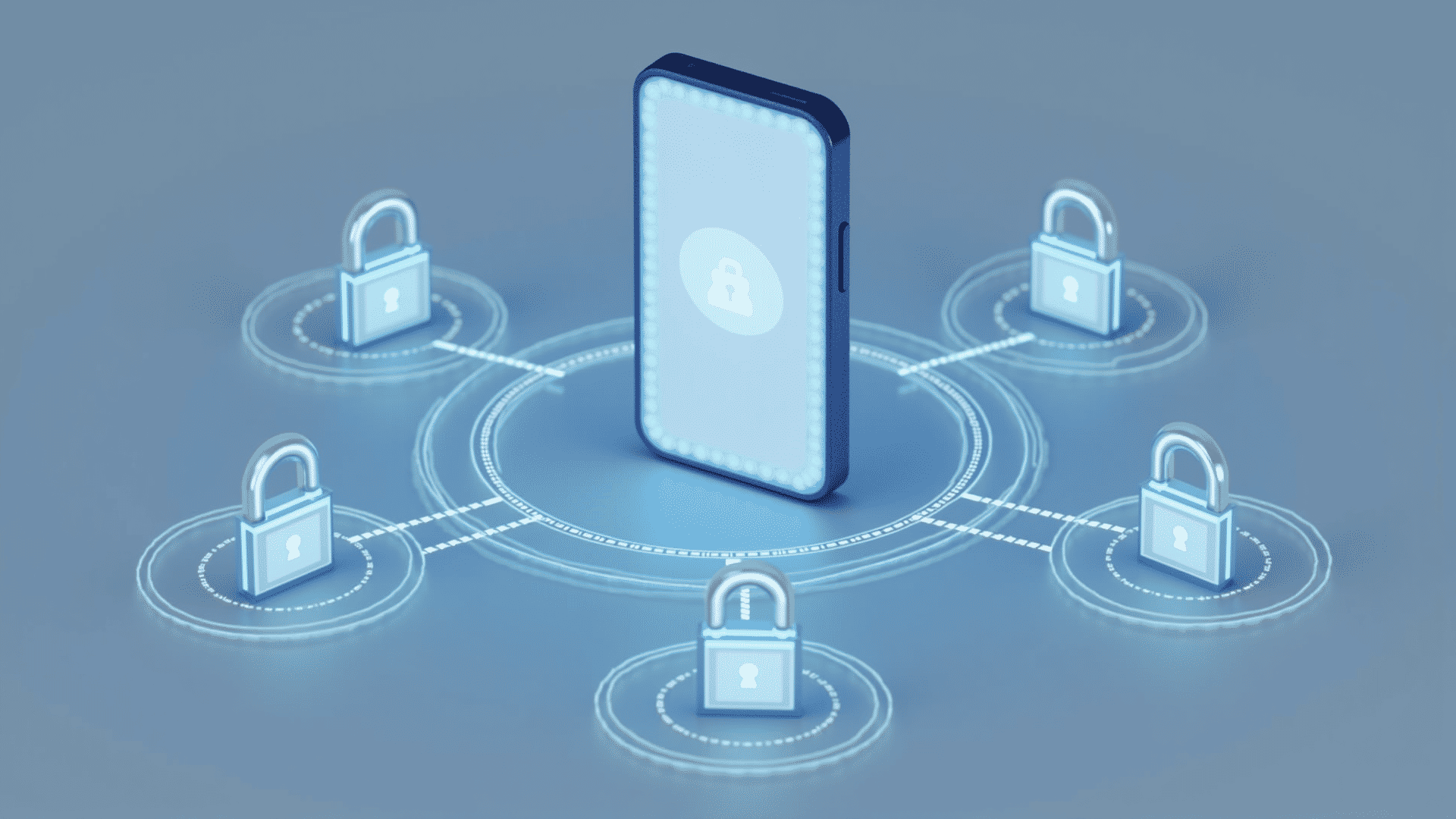In the modern digital landscape, ensuring the safety of your digital accounts is crucial. With the increasing number of online platforms, it is vital to maintain strict control over who can access your accounts and how they are accessed. Here, we explore innovative solutions designed to bolster account security and give you peace of mind.
Multi-factor Authentication
One of the most effective ways to enhance account security is the adoption of multi-factor authentication (MFA). This security measure requires users to provide multiple forms of verification before accessing an account. Typically, this involves a combination of something you know (like a password), something you have (such as a phone or security token), and something you are (like a fingerprint). By requiring more than one method of authentication, MFA significantly reduces the likelihood of unauthorized access.
Biometric Verification
Biometric verification offers another layer of security by utilizing unique physical characteristics, such as fingerprints, facial recognition, or voice patterns, to verify identity. As biometric data is incredibly difficult to replicate, it presents a robust defense against unwanted intrusions. Many smartphones and computers now offer built-in biometric capabilities, making it easier than ever to implement this technology.
Behavioral Analytics
Behavioral analytics is an emerging technology that monitors user behavior patterns to detect anomalies. By analyzing typical user interactions—such as typing speed, mouse movements, and login timings—these systems can identify potential security threats in real-time. If an unusual behavior is detected, the system can trigger alerts or require further authentication, thereby preventing unauthorized access before it happens.
Secure Password Practices
A strong password is still a cornerstone of digital security. Encourage the use of passwords that are long, complex, and unique for each account. Utilizing password managers can help keep track of these passwords securely, offering convenience without compromising security.
Regular Security Audits
Conducting regular audits of your accounts can help identify potential vulnerabilities. This involves reviewing who has access to your accounts, assessing the strength of your security measures, and ensuring that all software is up to date with the latest security patches.
Security Awareness Training
Educating users about security risks and best practices is essential. Awareness programs can teach individuals how to recognize phishing attempts, avoid socially engineered attacks, and understand the importance of maintaining the privacy of their information.
Adaptive Access Controls
Adaptive access control systems dynamically adjust security measures based on the user's current environment. For example, logging in from a new geographical location might prompt for additional verification steps. These systems tailor the level of security based on risk factors, essentially balancing security with user convenience.
End-to-End Encryption
Finally, end-to-end encryption ensures that data remains secure from the point of origin to its destination. By encrypting information along its entire path, the risk of interception by malicious actors is minimized, protecting sensitive information from being compromised.
In conclusion, by employing these advanced techniques, individuals and organizations can significantly enhance the security of their digital accounts. It is essential to stay ahead of potential threats and proactively implement measures that protect user data and maintain the integrity of digital interactions.
